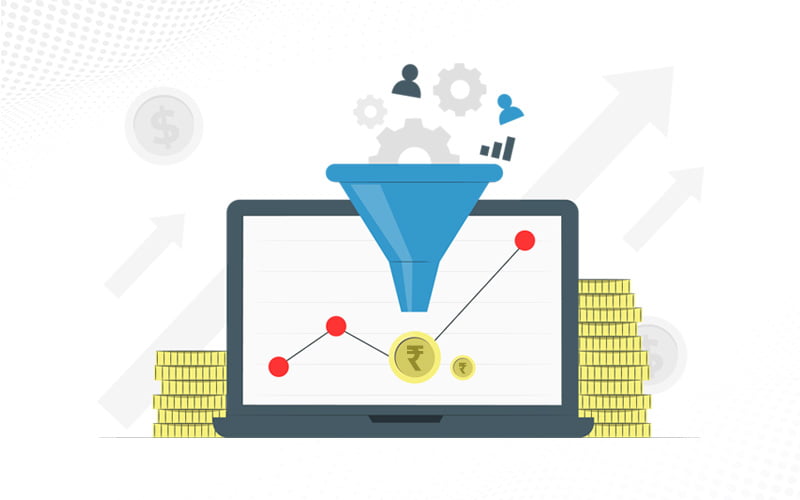SEO (Search Engine Optimization) and CRO (Conversion Rate Optimization) are two acronyms that are vital in the wide digital world where websites compete for visibility and traffic. Although they each serve distinct functions, it is their combination that effectively unlocks the doors for success online. In essence, SEO drives traffic to your website, while CRO makes sure that the visitors engage and complete the intended actions.
The process of enhancing your website to appear higher in search engine results pages (SERPs) is known as search engine optimization (SEO), and it is the foundation of online visibility. Link building, technical improvements, content optimization, and strategic keyword research are all part of it. When SEO is done right, it may significantly boost organic traffic and visibility, placing your website ahead of people, who are actively looking for products or services similar to yours.
But getting people to visit your website is just the first step. If optimization for conversion isn’t done correctly, the traffic might not result in measurable business outcomes like sales, sign-ups, or inquiries. This is where CRO steps in. The idea of CRO is to increase the percentage of website visitors that perform the intended activity, such as making a purchase, filling out a form, or signing up for a newsletter.

The relationship between SEO and CRO is symbiotic, with each complementing and enhancing the other. Here’s how:
1. Relevant Traffic: SEO efforts aim to attract users actively searching for information related to your offerings. You may increase the possibility that visitors to your website will be engaged in what you have to offer by optimizing your content and focusing on relevant keywords. The basis for effective conversions is this targeted traffic.
2. User Experience: When ranking websites, search engines like Google take into aspects including page load speed, mobile friendliness, and overall usability. Comparably, CRO focuses on developing user-friendly navigation, compelling calls-to-action, and streamlined checkout procedures, all of which improve the user experience and boost conversion rates.
3. Data-Driven Insights: Data analysis is used in both areas to help with decision-making. CRO methods can be optimized by utilizing the insightful data that SEO tools offer on user behaviour, traffic patterns, and keyword performance. Similarly, you may identify and address conversion barriers by using CRO tools like heatmaps, A/B testing, and user recordings, that provide you with practical insights into how users engage with your website.
4. Content Optimization: Content of the finest quality is the basis of successful SEO and CRO strategies. In addition to drawing organic traffic, informative and engaging material develops credibility and trust, which eventually increases conversions. You may establish a smooth conversion path by tailoring content to address user intent and pain points.
5. Continuous Improvement: Continuous processes like SEO and CRO require constant monitoring and improvement. You can continuously improve your strategy to maximize outcomes through analyzing performance indicators, testing theories, and enhancing plans of action following findings.
In a nutshell, although SEO and CRO have different goals, combining the two is crucial to achieving long-term success online. When you integrate your efforts to bring in relevant traffic with conversion-optimization strategies, you develop an effective synergy that produces visible business results. Recall that driving people to your website isn’t the only goal; you also want to direct them into actions that can eventually benefit your bottom line. Make sure from the stage of Web Design itself that the website is both SEO and CRO friendly.
